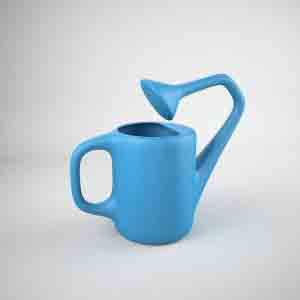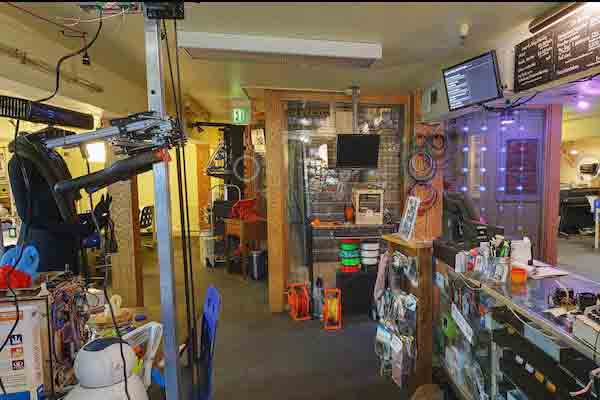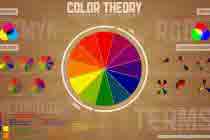When making a product design and prototype, designers and engineers should bear in mind the lessons of user experience (UX). This is often applied to software design, but it is just as relevant to new product development and manufacturing processes. It’s the key to creating great products that are easy to use and satisfy the customer’s rational and emotional expectations.
Let’s look at the building blocks of UX so you can incorporate them into your next project.
What Makes For A Great User Experience?
There are four main areas to think about when it comes to user experience:
- Usability
- Desirability
- Acceptability
- Emotional Satisfaction
It’s important to understand how these ideas work together to create great user experience and therefore a great product.
Usability
Quite simply, how easy is it to use? This can also be broken down into two related ideas.
- Is it obvious to the user what they’re supposed to do with it?
- Is it easy to do that thing?

If your product requires the customer to perform a new task then you should make it easy to learn.
Some steps to remember when presenting information include:
- Put information in a hierarchy of importance.
- Use icons and symbols instead of words.
- Common functions should fit naturally in the hand.
- Mistakes in product use won’t punish the user.
- Correct usage will reward the user.
- Simplify!
Good UX thinking goes hand-in-hand with good product design to ensure that, to the extent possible, the design is “foolproof”.
Desirability
How well a product fulfills a user’s desires depends on understanding what the user wants and needs.
Keep these steps in mind to fulfill a users desires:
- Less is sometimes more. The user may desire simplicity and not multiple confusing features.
- Design fads and fancy wrapping are not substitutes for quality. In the long run, people fall in love with products that work.
- If you have many competitors in your market, offer something that no one else does. Dare to be unique.
- Don’t try to promise the moon. Fulfill one need at a time.
Acceptability
Every year there are great products with innovative technologies and features that still don’t become successful. Ensure your product fits the user’s lifestyle and the ecosystem of technologies around them. A perfect example here is Google Glass, which did exactly what it promised to do but was a failure in the marketplace. People just felt conspicuous and self-conscious wearing one.
Things to remember to ensure acceptability:
- Radically different designs might scare people away.
- It should work seamlessly with other devices, without compatibility issues or requiring specialty adapters, connectors, etc.
- Think about how it can be modified or upgraded as market trends and technologies evolve.
- Ensure that it fulfills a long-term need.
- Make sure it’s easy to put away when not in use.
Satisfaction
The ultimate sign of success is when your product puts a smile on your customer’s face. To achieve this, all the emotional associations with the product need to be favorable. And that’s done by getting the experience – the customer’s journey – to flow smoothly from start to finish.

Ongoing Engineering Support
Putting yourself in the mind and heart of your customer can help you to smooth out any rough edges in your product design and win their loyalty.
At Star, we’ve worked closely with a lot of product developers to achieve precise results to ensure their products are user-friendly. Does the button click with a satisfying pressure? Does the dial have just the right amount of smooth, frictionless tension to impart a sense of quality and durability? These are the kinds of details we love to work on. Find out more about rapid prototyping or talk to one of our customer service engineers.
Chris Williams is the Content Editor at Michigan CNC Machining Parts, Inc.. He is passionate about writing and about developments in science, manufacturing and related technologies. He is also a certified English grammar snob.






